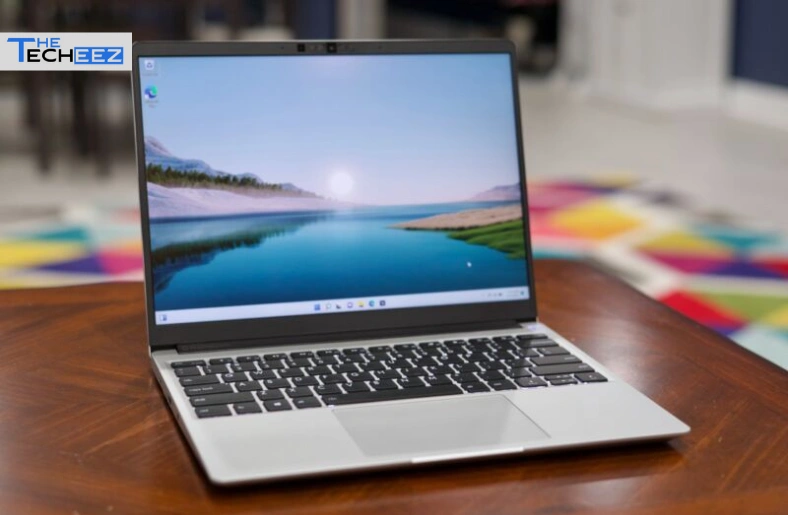Introduction: Why Upgrade LPDDR5 Matters
In today’s fast-moving tech world, speed and efficiency drive everything—whether it’s smartphones, laptops, gaming consoles, or high-performance servers. At the heart of this transformation lies LPDDR5 (Low Power Double Data Rate 5), the advanced memory standard designed for modern devices. If you’re considering how to upgrade LPDDR5 in your system or what benefits it brings, this guide covers everything you need to know.
What Is LPDDR5?
LPDDR5 is the fifth generation of low-power DDR memory. Compared to LPDDR4X, it offers:
Higher speed: Up to 6400 Mbps data rates.
Lower latency: Faster communication between CPU/GPU and memory.
Better efficiency: Reduced power consumption by up to 30%.
Improved multitasking: Handles multiple apps, games, and processes simultaneously without slowing down.
This makes LPDDR5 the backbone of flagship smartphones, premium laptops, tablets, AI devices, and even automotive systems.
Why You Should Upgrade LPDDR5
Upgrading to LPDDR5 can dramatically improve device performance and efficiency. Here’s why:
1. Faster App Launch and Performance
Every second counts when loading apps or opening files. LPDDR5’s higher bandwidth accelerates data transfer, making smartphones and laptops feel more responsive.
2. Enhanced Gaming Experience
Gamers benefit the most. LPDDR5 allows higher frame rates, smoother gameplay, and reduced lag, especially in graphics-intensive titles.
3. Longer Battery Life
Because LPDDR5 consumes less energy, devices last longer on a single charge—perfect for mobile users and gamers who hate being tethered to a charger.
4. Optimized for AI and 5G
AI-powered apps, real-time translation, augmented reality (AR), and 5G connectivity require enormous data throughput. LPDDR5 is designed to handle these workloads seamlessly.
5. Future-Proof Technology
By choosing to upgrade LPDDR5, you ensure compatibility with upcoming generations of apps, operating systems, and hardware innovations.
Can You Upgrade LPDDR5 in Your Device?
This is where things get tricky. Unlike traditional desktop RAM modules, LPDDR memory is often soldered directly to the motherboard in laptops and smartphones. That means you usually cannot physically remove and replace it.
When Upgrade Is Possible:
Laptops/Ultrabooks: Some high-end laptops provide configurations that allow LPDDR5 as an upgrade option at purchase.
Gaming Devices: Custom PCs or handheld gaming consoles that support LPDDR5 may allow upgrades.
Future Devices: Manufacturers are slowly designing modular solutions where LPDDR5 could be upgraded like regular RAM.
When Upgrade Is Not Possible:
Smartphones/Tablets: Almost all mobile devices have soldered LPDDR5 chips, so you cannot manually upgrade them. Instead, you must buy a new device with LPDDR5 already integrated.
Slim Ultrabooks: Most thin laptops don’t allow post-purchase upgrades.
How to Check If Your Device Supports LPDDR5
Before planning an upgrade LPDDR5, confirm your device’s compatibility:
Check Specifications: Visit the official manufacturer’s site for your laptop, phone, or console.
Use Diagnostic Tools: Apps like CPU-Z (for PC) or AIDA64 (for Android) can identify your memory type.
Look in BIOS/UEFI: Advanced BIOS settings may reveal current memory specs.
Consult Service Manuals: Many manufacturers publish detailed guides listing supported RAM standards.
Steps to Upgrade LPDDR5 in Compatible Devices
If you’ve confirmed your device supports LPDDR5 upgrades, follow these steps:
Step 1: Identify the Module Type
Ensure you buy LPDDR5 modules that match your device’s specifications—speed, voltage, and capacity.
Step 2: Backup Your Data
Always create a full system backup before attempting any hardware change.
Step 3: Access the Memory Slot
For laptops or custom consoles, remove the back panel carefully. If LPDDR5 is not soldered, you’ll see replaceable memory slots.
Step 4: Install the LPDDR5 Module
Insert the module at the correct angle, press until it clicks, and secure it in place.
Step 5: Restart and Verify
Reboot your system and check if the device detects the new LPDDR5 upgrade. Tools like Task Manager (Windows) or Activity Monitor (Mac) will confirm it.
LPDDR5 vs. LPDDR4X: The Upgrade Comparison
| Feature | LPDDR4X | LPDDR5 |
| Speed | Up to 4266 Mbps | Up to 6400 Mbps |
| Power Efficiency | Moderate | 30% more efficient |
| Latency | Higher | Lower |
| AI/5G Support | Limited | Optimized |
| Gaming Performance | Good | Excellent |
The verdict is simple: if you can upgrade LPDDR5, do it. The performance leap is noticeable in every scenario.
Real-World Benefits After Upgrade LPDDR5
Smartphones: Faster app switching, better video editing, and smoother multitasking.
Laptops: Improved productivity, quicker rendering for creative professionals, and extended battery life.
Gaming Devices: Reduced lag, higher frame rates, and improved thermal efficiency.
AI/IoT Devices: Faster processing of machine learning tasks and real-time data analysis.
Common Misconceptions About LPDDR5 Upgrades
“All laptops can upgrade LPDDR5.”
Not true—most ultrabooks have soldered RAM.
“LPDDR5 is only for gaming.”
It benefits business laptops, AI workloads, and even energy-efficient IoT devices.
“It doesn’t impact battery life.”
In reality, LPDDR5’s power savings are one of its strongest advantages.
Future of LPDDR5 and Beyond
While LPDDR5 dominates now, LPDDR5X and LPDDR6 are already on the horizon. These next versions promise even higher speeds and greater energy efficiency. Upgrading to LPDDR5 today ensures a smoother transition to future memory standards.
Conclusion: Is Upgrade LPDDR5 Worth It?
The answer is yes—if your device supports it. For smartphones, the only way to enjoy LPDDR5 is by buying a device already equipped with it. But for laptops and custom systems, upgrading LPDDR5 can be the difference between sluggish performance and lightning-fast productivity.
In a world where speed, efficiency, and future-proofing are everything, choosing to upgrade LPDDR5 is one of the smartest decisions for tech enthusiasts, gamers, and professionals alike.


